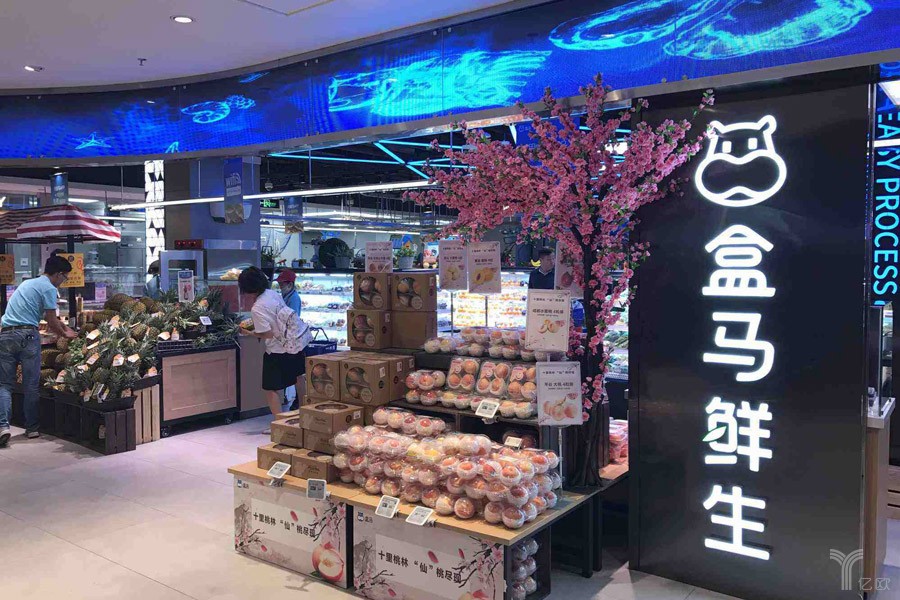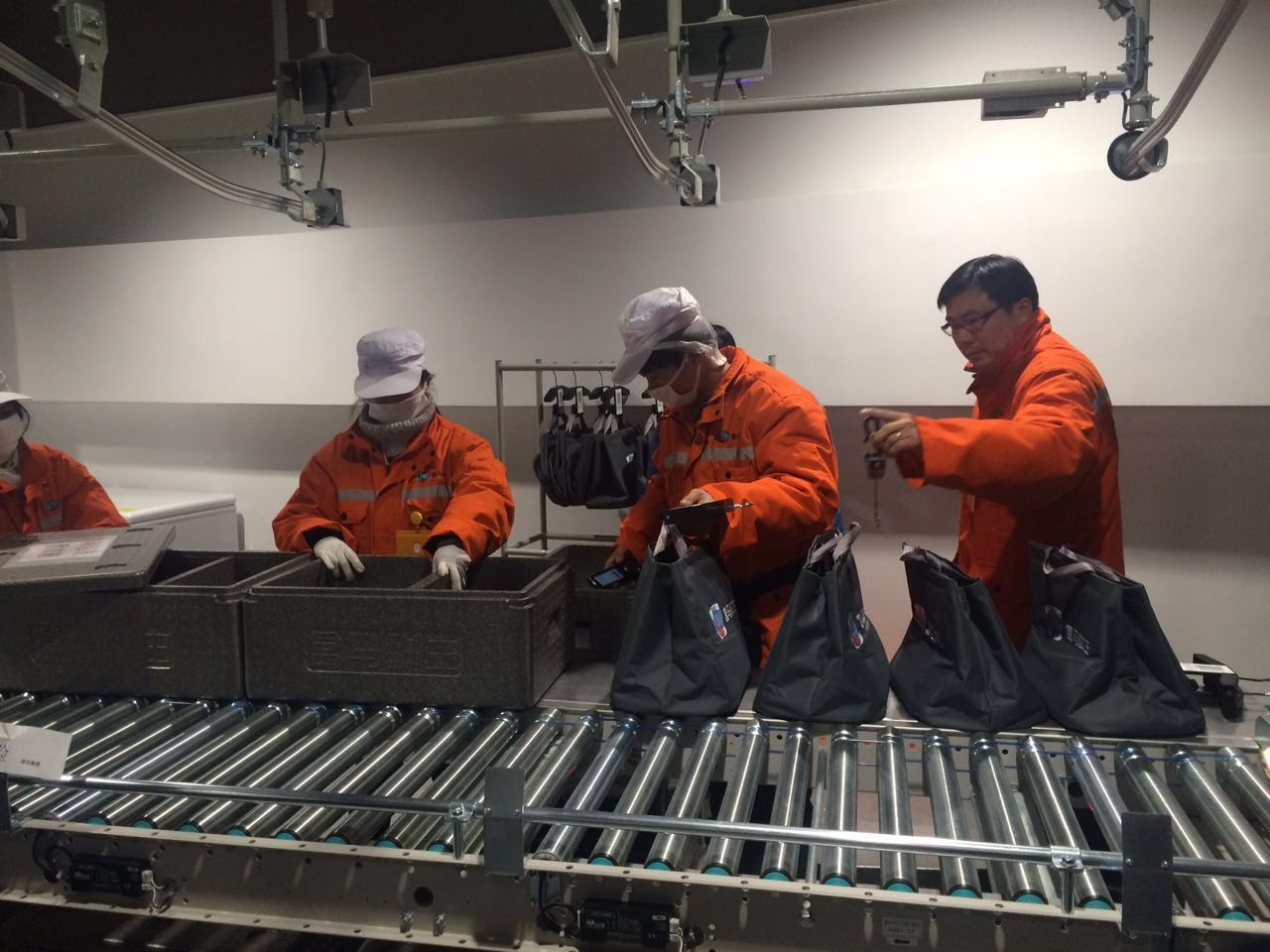Retail is an industry that has historically been dominated by the offline sector. As ecommerce gradually became a common shopping practice in people’s life, the proportion of online and offline retail sales has reached an equilibrium point (According to Chinese National Bureau of Statistics, the proportion of online and offline is nearly close to 3:7). However, in the battle of nabbing market shares, both online and offline sources are challenged to increase their sales quotas due to constraints of space and time. Within this context, the “New Retail” emerged: a seamless merger of the online and offline worlds, a new approach to maximize retail sales while satisfying consumer demand.

What’s New Retail?
“New Retail”, was first introduced in 2016 by the Alibaba Group co-founder – Jack Ma, as a fuzzy concept of a seamless merger of offline retail, online retail and logistics management for a dynamic new world of retailing. Now, at the end of 2018 after two years of development, the era of new retail is starting to establish itself as a common practice across China.
Consumers are those directly experiencing and benefitting from new retail, feeling “convenience” as the most intuitive element distinguishing new and traditional retail. There are several examples: offline stores started to provide customized and digitalized consumer experiences, online stores can manage to deliver orders within 30 minutes, the integration of online and offline loyalty programs and promotions allows customers to get benefits no matter where they buy…etc. The hi-tech and personalized consumer experience granted new retail an average of more than five times the sales of traditional retail.

“New Retail” is a data-driven form of “pan-retail” centered on consumer demand. Its core is the redefinition and relationship re-engineering of the three main elements of retail: “consumer”, “merchandise” and “store”. The most relevant driver behind it is DATA.
Daniel Zhang, the CEO of Alibaba Group
New retail’s “successful players wannabes”, mainly tech giants as well as traditional retail companies, need to completely redesign their business models. Among the others, by upgrading their supply chain, marketing strategy, logistics system, data analysis capabilities…etc. based on consumer demand, with the goal of optimizing consumers’ shopping experience.
Main Features of New Retail
As stated by Alibaba’s CEO Daniel Zhang, the key of new retail is to reconstruct the relationship between the three core elements of retail: “consumer”,“merchandise” and “store”. In the old retail era brands mainly focused on merchandise and store, resulting in a certain number of customers being passively attracted to buy. In the new retail era, instead, the consumer is considered the determining factor of “what to sell” and “where to sale” decisions.
Following, some prominent features highlighted during the development of new retail.
BIG Data Drives Operations
Big data empower companies with the ability to portray consumer profiles and shopping behaviors, based on which they can redefine their overall strategy. From supply chain, distribution, logistics, and procurement to product development and marketing, data help to shape a coordinated and complete intelligent system, able to integrate and readjust itself according to real-time information.
Seamless Omni-Channel
Stores have extended from online-only and offline-only into a seamless omni-channel consumer experience that is fully integrated. People can shop anytime and in several situations, such as while enjoying digital content, while spending time on social networks, as well as in stores or on e-commerce platforms. Brands are creating sales opportunities by expanding the consumer touchpoints beyond the constraints of time and space. Furthermore, in the new retail mode, in order to fully fit consumers’ demand, physical stores can also serve as warehouse and logistics centers that collect, fulfill, and deliver customer orders as fast as they come in, either online or offline.

Multi-traffic Sharing
The integrated online and offline system maximizes brands’ reach to consumers. According to Hema, the Chinese most known new retail supermarket (by Alibaba) selling fresh food, nearly 80% of offline consumers would experience online shopping further. Currently, 60% of their sales are gained from online stores.
Naturally, consumers buying on different channels have different consumption habits. Online consumers regard price and delivery time as the most important factors, while those who shop in-store are more focused on instant availability and experience with the physical product. New retail is somewhere in-between and, by merging online and offline relevant factors, is rapidly expanding its business scale and pool of suitable customers.
Smart Technology
New technologies give brands the opportunity to boost their operational efficiency as they deliver better customer experience. For example, a brand laying plans to upgrade its R&D and supply chain capabilities can look to AI for more accurate demand, production and supply forecasting. It could rely on the IoT to identify and track the real-time status of cargo or remotely manage the equipment.
However, improving the operational efficiency is not the only benefit: the consumer experience is also optimized, by high-tech features like, for example, Alipay’s face-scan payment solution or “smart mirrors” allowing customers to virtually see their desired products (such as makeup and garments) on a mirror without trying them on physically.
KEY TAKEAWAYS
- New retail is basically a seamless data-fueled merger of the online and offline worlds, emerging at a time when there is not much room for growth left for online-only and offline-only retail businesses.
- New retail developed around the consumer and it’s specially designed to fully match its desires. Boosted by smart technology, the new retail consumption experience is no longer constrained by time and space, but perfectly crafted to maximize consumer’s convenience.
New Retail | The Future of Retail Sweeping in China

